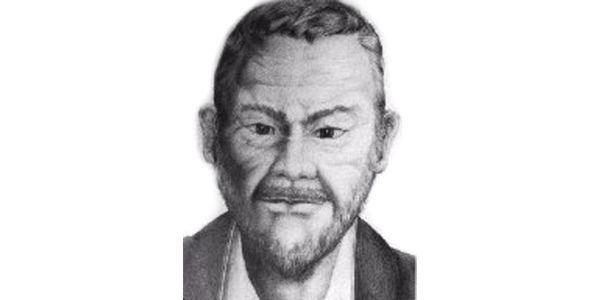Azato Anko: A Short Story About My Teacher
by Gichin Funakoshi
Translated & Edited by Patrick & Yuriko McCarthy
Part One
Part Two
Okinawan Karate Master, governor, military chief. Also known by the name Tonochi, Azato trained under Sokon “Bushi” Matsumura. Although he excelled in archery and swordsmanship, Azato was also accredited with bringing even the best swordsman (carrying katana) down with his bare hands. Azato also contributed to the education of Master Gichin Funakoshi, the founder of modern karate-do.
Azato advised Funakoshi to “turn your hands and feet into swords”. He drilled him unmercifully in kata. Funakoshi was required to practice a single kata for months before being allowed to move onto another kata. Azato told his student “the secret of victory is to know yourself and your opponent through careful preparation and observation.” This way you will never be caught off guard.
More Info:
Anko Asato or Azato Yasutsune in Japanese, 1827–1906) was an Okinawan master of karate. He and Anko Itosu were the two main karate masters who taught Gichin Funakoshi, the founder of Shotokan-ryu karate. Funakoshi appears to be the source of most of the information available on Asato. Many articles contain information about Asato, but the relevant parts are clearly based on Funakoshi’s descriptions of him.
Funakoshi first met Asato when he was a schoolmate of Asato’s son; he called Asato “one of Okinawa’s greatest experts in the art of karate.” According to Funakoshi, Asato’s family belonged to the Tonochi class (hereditary town and village chiefs), and held authority in the village of Asato, halfway between Shuri and Naha, and he was not only a master of karate, but also skilled at riding horses, Jigen-ry? kend? (swordsmanship), archery, and an exceptional scholar.
In a 1934 article, Funakoshi noted that Asato and Itosu had studied karate together under Sokon Matsumura. He also related how Asato and Itosu once overcame a group of 20–30 attackers, and how Asato set a trap for troublemakers in his home village. In his 1956 autobiography, Funakoshi recounted several stories about Asato, including: Asato’s political astuteness in following the government order to cut off the traditional men’s topknot (pp. 13–14); Asato’s defeat of Yorin Kanna, in which the unarmed Asato prevailed despite Kanna being armed with an unblunted blade (pp. 14–15); Asato’s demonstration of a single-point punch (ippon-ken; p. 15); and Asato and Itosu’s friendly arm-wrestling matches (p. 16).
Source; Wikipedia


